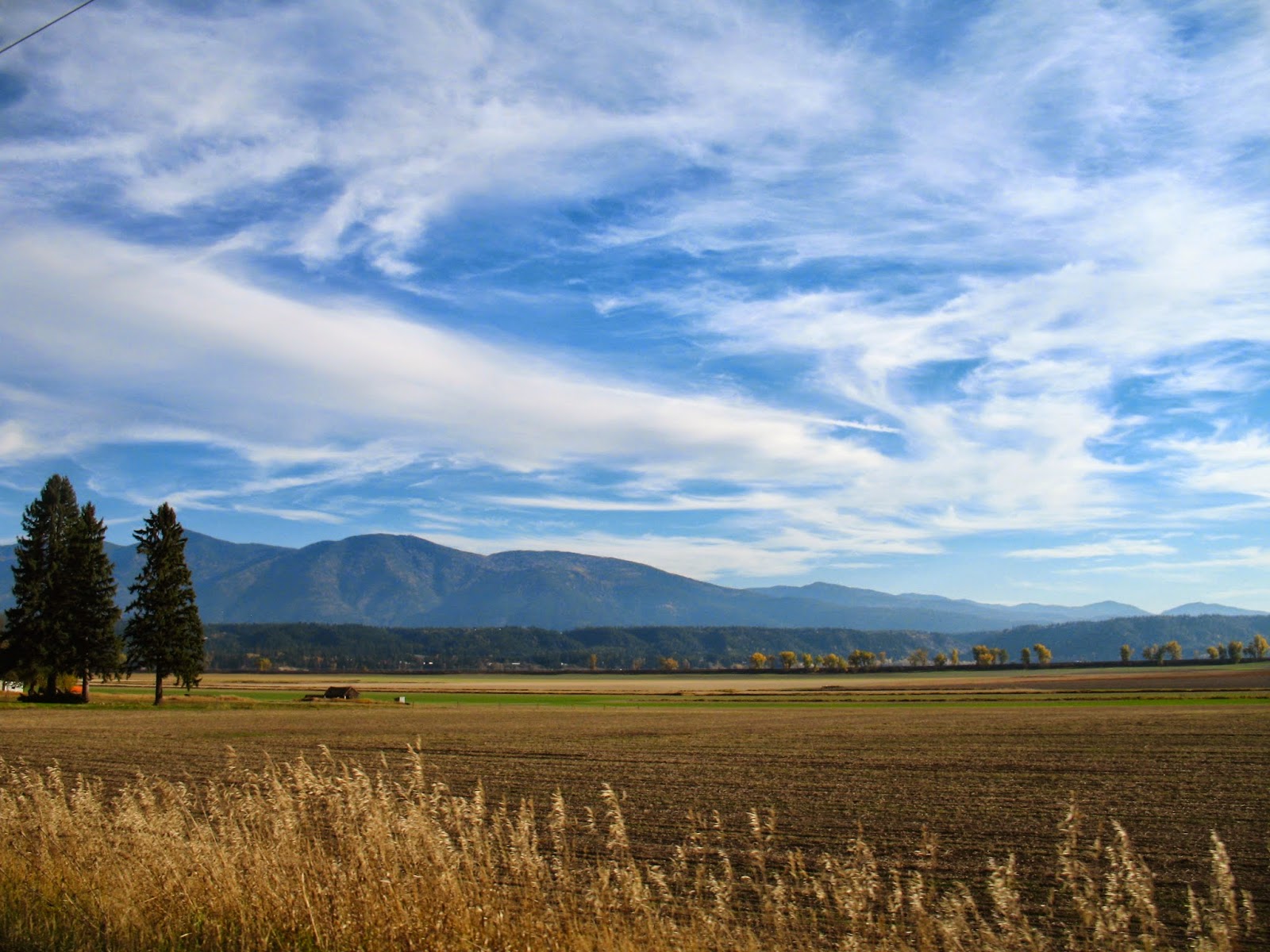It is the day after our American Thanksgiving. We are stuffed full of roast turkey and pumpkin pie. We are sedentary, groaning from too much rich food and disinclined to leave the warm comfort of our couches, but I have a longstanding tradition: I make a point of getting out somewhere for a nature walk during this weekend, no matter how bad the weather. So I grabbed a friend and we went on the great salamander hunt.
We both have a burning ambition to see a mass amphibian migration. In the Pacific Northwest the salamanders, newts and frogs march to the breeding ponds in spring and then march back into the upland woods to find a safe quiet place to hole up for the winter. They often do these marches in large groups and we would love to see this. Over the last couple of years, we seemed to have missed these moves: they happen in unpredictable surges in the dead of a wet winter night so that’s not a surprise. Part of catching these migrations in the act is to have a deeper understanding of the animals themselves. So today’s field trip was in the nature of a scouting expedition to some possible breeding pond sites. Long-toed salamanders, Northwestern Salamanders and Rough-skinned Newts were on our search menu, since they often time their return to the breeding ponds in early November into December.
 |
| Northwestern Salamander, sadly flattened |
Our first site showed no signs of amphibians and I was pretty disappointed. But then we moved on to another site in our region which is known to be a rich area for amphibians. It is a county road that cuts through some high quality Douglas fir woods. On one side are the woods, but on the other side are a series of shallow ponds. The amphibians cross the road to get to the pond. On this road, there is little traffic and most make it across. Though there are occasional fatalities: here is the remains of a Northwestern Salamander, who met its doom under the tire of a car. Far too many of our migrating amphibians are meeting this fate; in Thurston county there is a real effort to identify the high-risk crossing areas and look at strategies for reducing this mortality.
 |
| Rough skinned Newt in an alert, partially defensive posture |
As we drove along we saw more car-flattened remains. Then suddenly I hollered STOP STOP STOP!!!!! A salamander was lurching across the road. When it saw us (or felt the vibration of the car) it stiffened its forearms and raised its head and tail in defensive posture. That stance tipped me off to a salamander rather than a stick or leaf in the road. This was a rough-skinned newt.
There was a mad scramble to park the car, grab cameras and boots and get to the critter before it made it across the road and into impenetrable shrubs. Slipping and sliding on the wet grassy verge, we raced towards the newt.
The newt stayed where it was, still in defensive posture. Rough skinned newts are poisonous to most other animals; only garter snakes seem to eat them with impunity. Part of this defensive posture may be letting the bright orange underside be visible, which is a warning coloration to predators: (if you eat me we’ll both be sorry).
 |
| Checking the newt for gender |
We gently moved the critter on to its back: this was to check for gender. In the breeding season the males have a swollen vent or anus at the base of the tail, just below the back legs. The males also develop special dark friction pads on the bottoms of their feet, to allow for a better grip during a top-mounted copulation. This animal has neither, so is probably a female. Except it’s November and the breeding season has yet to begin. So who knows?
There are also adaptations it makes for living in the drier woods in winter versus the breeding ponds in spring. In winter, its skin is tough, even warty and the tail is round. For the breeding season it spends most of its life in water, so the skin loses its wartiness and the tail flattens out into a blade suitable for navigating in ponds. This animal is still pretty warty on top so may just now be making its first move to the breeding pond.
 |
| Rough skinned newt in pond |
We began prowling around the ponded waters on either side of the road. Here we found a large rough skinned newt that had probably been living in water for a while: its skin is fairly smooth on top and its tail forms a narrow blade for swimming. In these ponds we found several more salamanders.
We trotted up and down the road, from pond to pond, exploring all the salamander sign. Though it is late November, cold and rainy and dark, there are still plenty of signs of life. In the midst of winter, these animals are getting ready for the season to come. It gives us great hope: the wheel of the year is turning and sometime soon spring will be on its way. Yet another good reason for Thanksgiving…
Janet
Resources:
• Photos by Nancy Partlow, Glen Buschmann
Some YouTube videos we made of this field trip:
• Olympia Stream Team newsletter: http://streamteam.info/pdf/current.pdf
For local folks, Stream team will be offering a workshop on amphibians on Saturday Feb. 7, 2015
• Amphibians of the Pacific NW by Lawrence Jones, William Leonard and Deanna Olson
• Wikipedia - Rough-skinned Newt (Read the section Toxicity, which explains the RSN's neurotoxin and garter snakes' resistance to it.)














.jpg)
.jpg)
.jpg)
.jpg)
.jpg)
.jpg)
.jpg)



%2C%2BP1170459.jpg)
%3B%2BP1260229.jpg)
%2BP1050508.jpg)



.jpg)
.png)
.jpg)
.jpg)
.jpg)
.jpg)
.jpg)
.jpg)
.jpg)